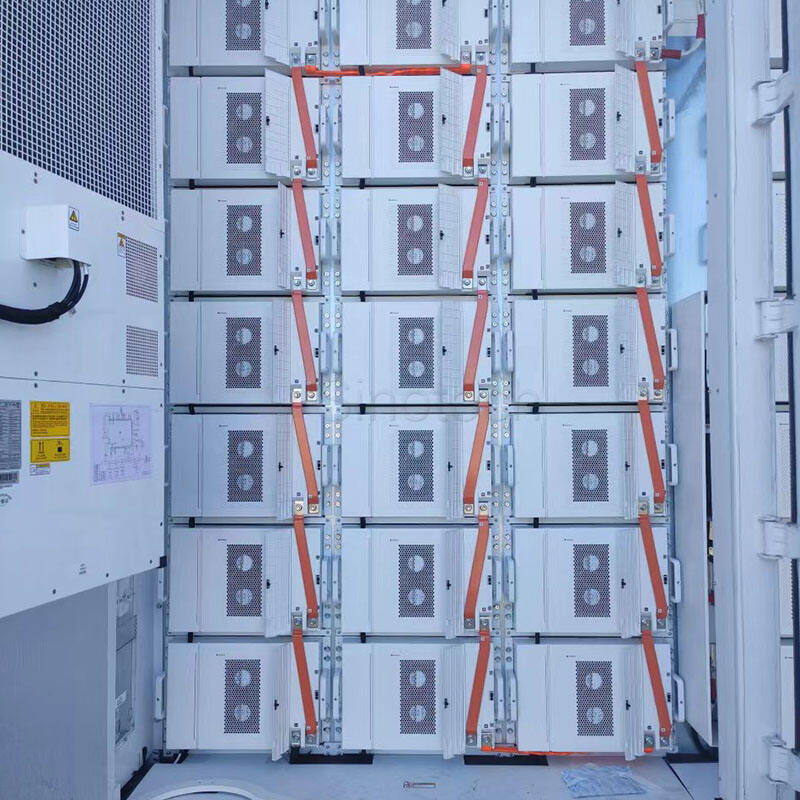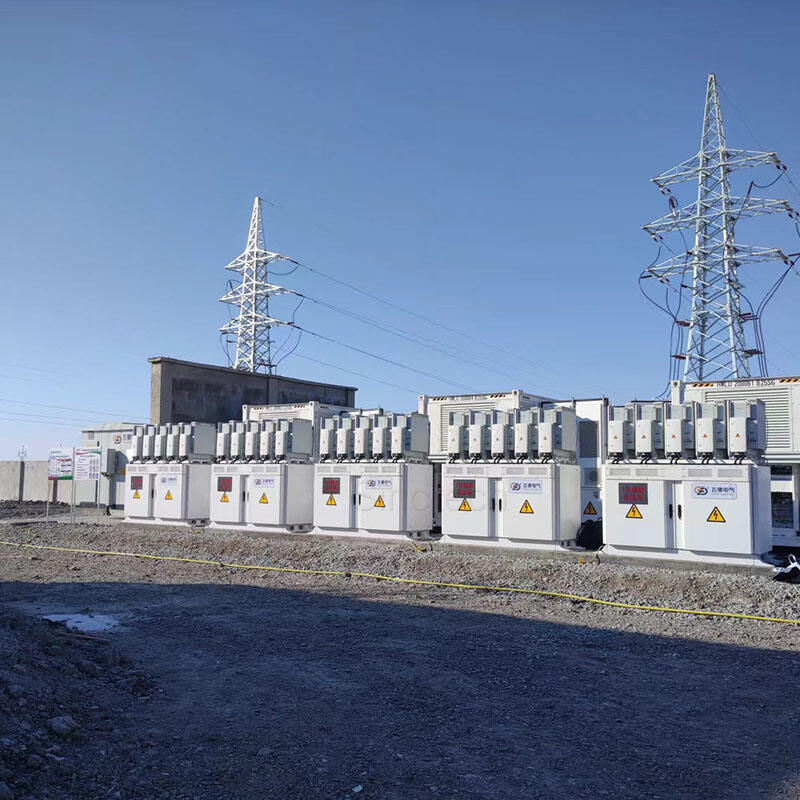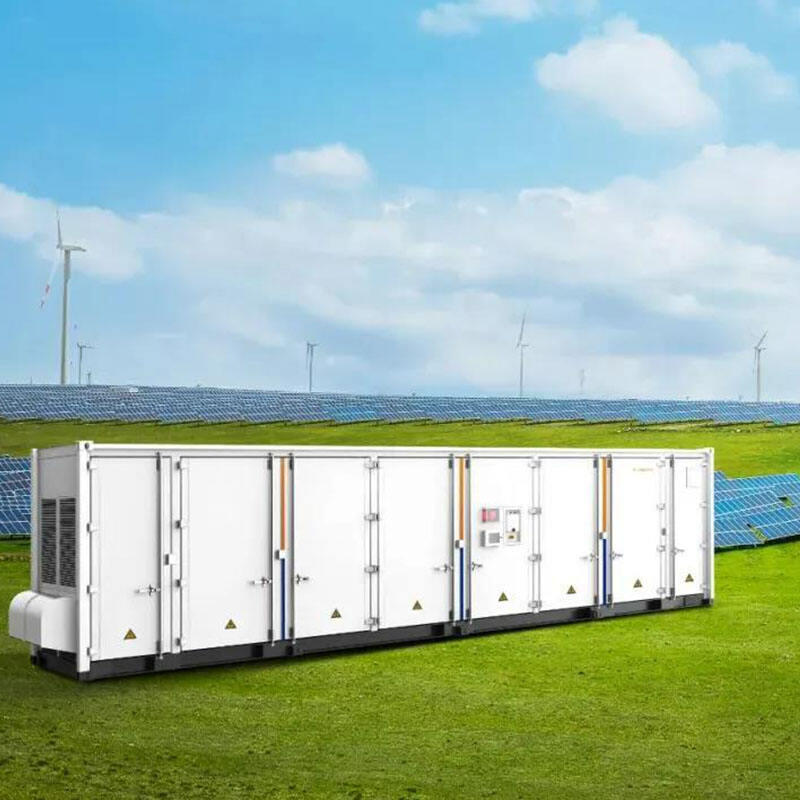energy storage system design involves engineering tailored solutions that balance performance, safety, scalability, and cost to meet specific application requirements. This design process begins with defining objectives, such as energy capacity, power output, discharge duration, and integration needs with renewable sources or grids. energy storage system design includes selecting appropriate technologies—lithium-ion, flow batteries, or thermal storage—based on factors like cycle life, efficiency, and environmental conditions. Mechanical and electrical components, such as battery modules, inverters, cooling systems, and control software, are integrated in energy storage system design to ensure seamless operation. Safety is a core focus in energy storage system design, incorporating thermal management to prevent overheating, fire suppression systems, and protective enclosures. Scalability is another key aspect, with modular energy storage system design allowing for easy expansion by adding more units. Additionally, energy storage system design considers durability, ensuring components withstand operational stresses like temperature fluctuations and frequent charge/discharge cycles. Advanced energy storage system design leverages digital tools to simulate performance under varying conditions, optimizing configurations for maximum efficiency and reliability.


